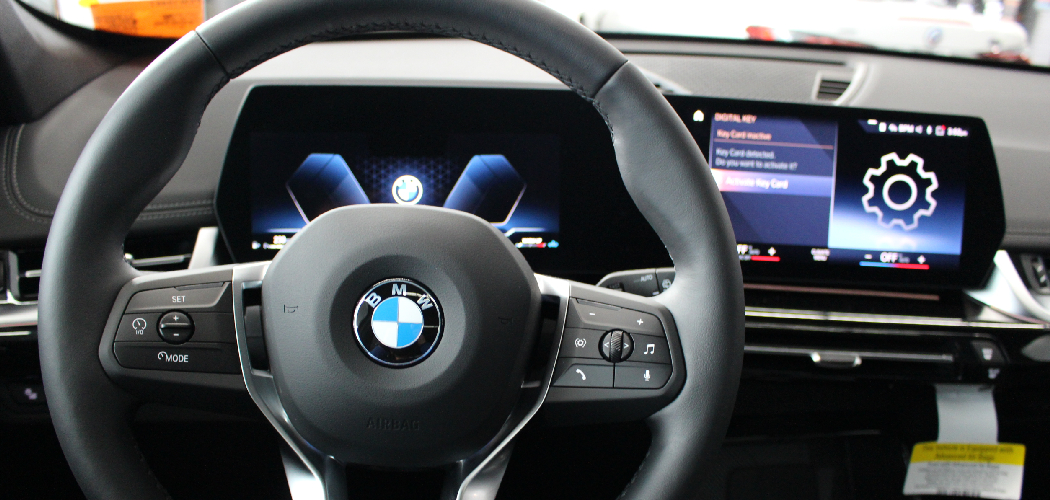Are you a BMW owner? Are you aware of the various safety features your car has to offer? One important feature that comes with specific models is the BMW Safety Camera.
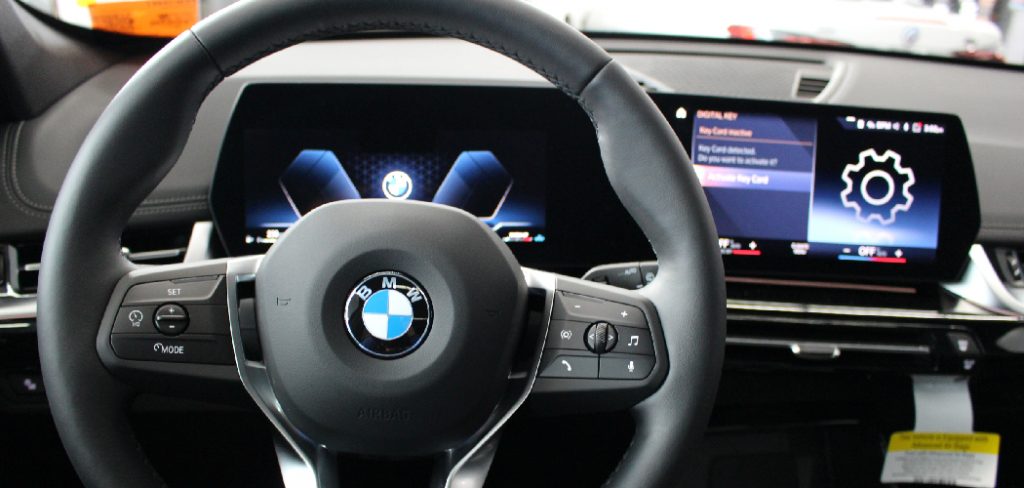
The BMW safety camera is an essential feature designed to enhance your driving experience by offering additional visibility and alerts for potential hazards on the road. Activating this system ensures you can take full advantage of its advanced safety capabilities, including lane monitoring, collision warnings, and parking assistance. Whether you’re a new BMW owner or simply looking to use this innovative technology, learning how to activate the safety camera is a straightforward process that will elevate your driving confidence and overall safety.
This guide on how to activate BMW safety camera will walk you through the steps required to enable and optimize your BMW safety camera system.
What Are the Benefits of Activating the BMW Safety Camera?
Activating your BMW safety camera has numerous benefits that enhance your driving experience. Some of the key advantages include the following:
- Lane Monitoring: The safety camera system uses advanced sensors and cameras to monitor your vehicle’s position within the lane. If it detects any drifting, it will alert you through visual or audio warnings, ensuring you stay in your designated lane.
- Collision Warnings: The safety camera also helps to prevent collisions with other vehicles or pedestrians by constantly scanning the surrounding area for potential hazards. It will then provide alerts if there is a risk of collision, giving you time to react and avoid an accident.
- Parking Assistance: Parallel parking can be challenging, especially for new drivers. With the help of cameras and sensors, ADAS can assist in parking by providing visual and audio cues to guide you safely into a parking spot.
- Adaptive Cruise Control: This feature adjusts your vehicle’s speed according to the traffic flow, maintaining a safe distance from the car in front of you. It provides a more comfortable driving experience by reducing the need for constant braking and accelerating.
- Traffic Sign Recognition: ADAS can also recognize traffic signs such as speed limits, stop signs, and no-entry signals. The system will alert you if you are violating any traffic laws or if there are any changes in road conditions ahead.
What Will You Need?
You will need a vehicle equipped with the necessary sensors and cameras to take advantage of ADAS features. Most modern cars now come with standard ADAS features, but aftermarket solutions are available if your vehicle does not have them.
- Sensors: ADAS use various sensors such as radars, LiDARs (Light Detection And Ranging), and cameras to monitor the surrounding environment. These sensors collect data about the vehicle’s speed, position, and other important information.
- Control Unit: The control unit is the brain of the ADAS. It receives data from various sensors and makes decisions based on that data to assist in driving tasks.
- Software: Complex algorithms analyze the data collected by the sensors and make decisions regarding driving tasks. This software is constantly updated to improve performance, safety, and functionality.
8 Easy Steps on How to Activate BMW Safety Camera
Step 1. Start the Vehicle
To begin using the BMW Safety Camera, ensure the vehicle is powered on. Insert the key fob into the ignition or use the start/stop button if your model supports keyless ignition. Ensure all dashboard warning lights are clear, indicating the car’s systems are ready.

Step 2. Access the iDrive System
Locate the iDrive controller, which is typically positioned near the gear selector. Press the “Menu” button on the controller to bring up the main menu on the infotainment display. Use the rotary dial to scroll through the options and select “Settings.” This will give you access to the configuration options for various vehicle systems, including the Safety Camera.
Step 3. Navigate to the Safety and Warnings Menu
Once in the “Settings” menu, use the iDrive controller to scroll through the available options until you find the “Safety and Warnings” section. Select this option by pressing down on the rotary dial. This menu contains various features related to the vehicle’s safety systems, including the Safety Camera. Take a moment to review the available settings, as they may vary depending on your vehicle model and software version. From here, you can customize or adjust the alerts and features linked to the Safety Camera to suit your preferences, such as enabling or disabling certain notifications or changing the sensitivity of warning signals.
Step 4. Locate the Safety Camera Option
To locate the Safety Camera option, access the main menu on your vehicle’s infotainment system or dashboard display. Navigate to the “Settings” section, which is typically represented by a gear icon. From there, look for a sub-menu labeled “Safety,” “Driver Assistance,” or a similar category, depending on your vehicle’s interface.
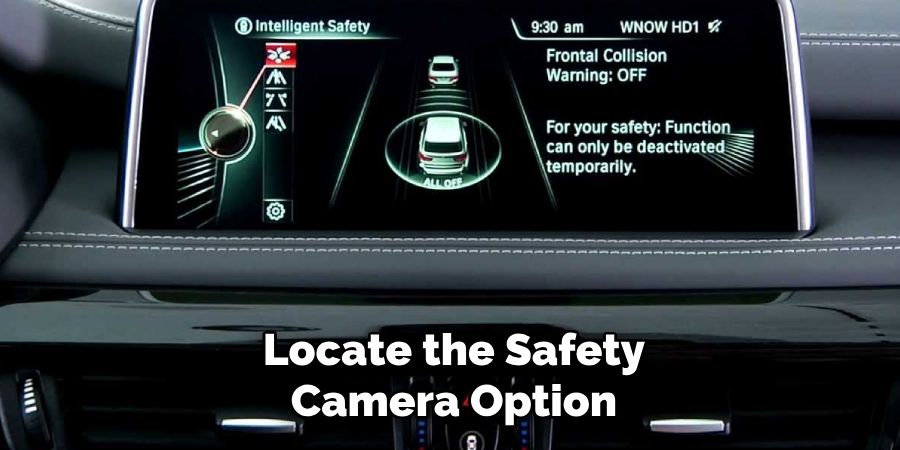
You should find the “Safety Camera” option prominently listed in this section. If you have difficulty locating it, consult your vehicle’s owner’s manual for specific guidance, as the menu layout may vary between models. Once found, select the Safety Camera option to view and modify its settings. This will allow you to tailor the safety features to your driving needs and ensure an optimal experience.
Step 5. Activate the Safety Camera
After selecting the Safety Camera option, you will typically be presented with a menu that offers various settings to customize its functionality. These may include options to enable or disable specific alerts, adjust the system’s sensitivity, or configure how notifications are displayed. For example, choose whether the Safety Camera provides audio warnings, visual indicators, or both when it detects potential hazards.
Additionally, some systems allow you to define specific parameters, such as speed thresholds or proximity distances, to tailor the alerts to your driving preferences. Take some time to review the available options and experiment with different settings to find the configuration that works best for you. Once you are satisfied with your adjustments, ensure the Safety Camera is fully activated and ready for use before resuming your drive. Proper activation and tuning of these features can enhance your awareness on the road and contribute to a safer driving experience.
Step 6: Regularly Update the Safety Camera Database
To ensure your Safety Camera system remains accurate and effective, it is essential to update its database regularly. Most modern systems allow for software updates through a connected device or online platforms provided by the manufacturer. Check for updates periodically and install them to keep the system informed about changes in road regulations, new safety camera locations, or altered speed limits. An up-to-date database guarantees better performance and enhances your overall driving safety by providing the most current information available.
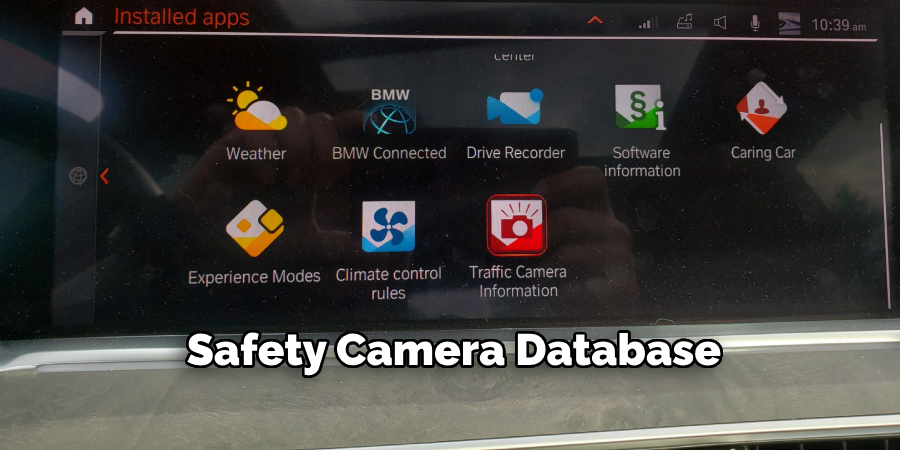
Step 7: Regular Maintenance
In addition to keeping your GPS navigation system up-to-date, regularly maintaining the physical device is also essential. Dust and debris can accumulate on the screen and buttons, making it difficult to use or read. Use a soft cloth or specialized cleaning wipes to wipe the screen and buttons.
Another maintenance aspect is ensuring that your device is charged and functioning properly. If you notice any issues with the battery life or overall performance of the system, consult the manufacturer’s instructions for troubleshooting or contact their customer support for assistance.
Step 8: Keep Your Device Updated
Manufacturers release firmware and software updates to improve the functionality and security of your device. It is essential to regularly check for updates and install them as soon as they are available. This will enhance your overall experience with the device and protect it from potential vulnerabilities.
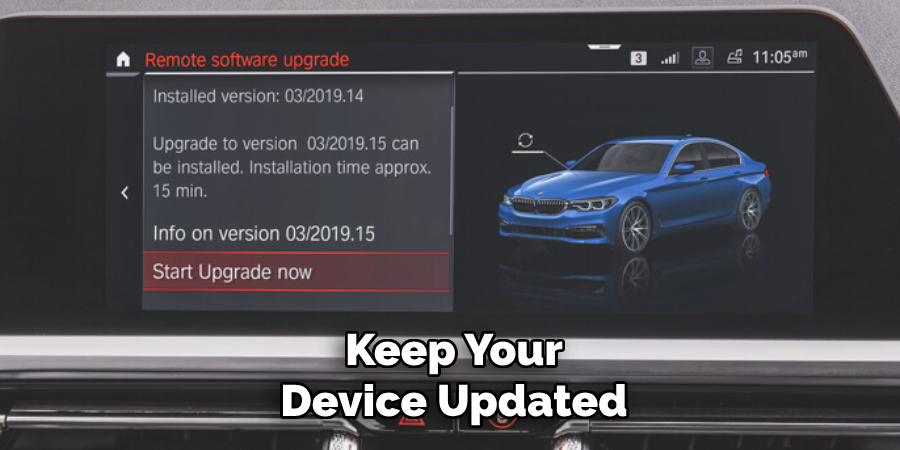
In addition to firmware and software updates, keeping your apps updated is essential. Developers often release updates to fix bugs or add new features, so regularly check for app updates through the appropriate app store.
By following these simple steps, you can ensure your device is constantly running at its best and most secure.
5 Things You Should Avoid
- Ignoring the User Manual: The user manual provides detailed instructions on activating and configuring the BMW safety camera properly. Skipping this step may result in improper setup or missing key functionalities.
- Activating While Driving: Attempting to activate the safety camera while the vehicle is in motion can be dangerous. Always ensure the car is parked and stationary before adjusting or activating the system.
- Using Unsupported Devices or Software: Avoid connecting unsupported devices or using unauthorized software to configure the safety camera. This can lead to compatibility issues or even damage the system.
- Disabling Alerts or Warnings: Avoid turning off essential alerts or safety warnings provided by the camera system. These features are integral to maintaining your safety and the safety of others on the road.
- Ignoring Firmware Updates: Failing to update the firmware regularly can leave the safety camera system vulnerable to bugs or security risks. Always check for updates and ensure the system is running the latest version released by BMW.
Conclusion
How to activate BMW safety camera is a straightforward process that involves enabling the system through the vehicle’s iDrive menu, adhering to the prompts on the display screen, and ensuring all relevant features are correctly calibrated.
It is crucial to consult the owner’s manual or a certified BMW technician if you encounter any issues during activation. Regular maintenance, such as keeping the camera lenses clean and updating the firmware, is essential for optimal performance.
Following these steps ensures your safety camera system functions effectively, enhancing your driving experience and road safety.

